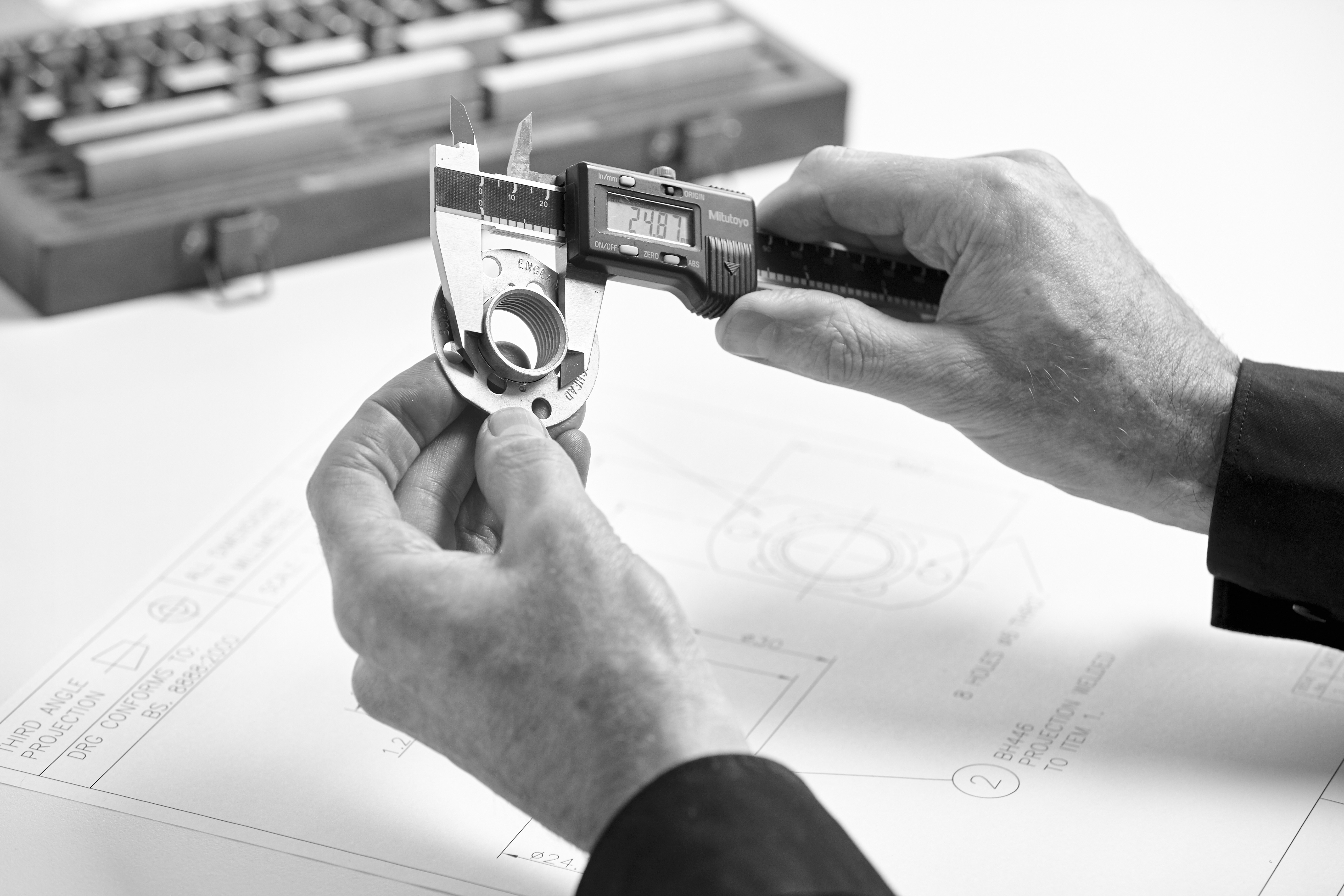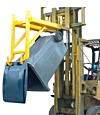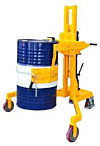
Understanding the Fundamental Differences Between Fastening Technologies
When designing products or structures, one of the most critical decisions is selecting the appropriate fastening method. The choice between bonding fasteners and traditional mechanical fasteners can significantly impact performance, durability, aesthetics, and cost. This comprehensive comparison examines how these competing technologies measure up against each other across various applications and requirements.
The Evolution of Fastening Technology
Mechanical fasteners have dominated industrial joining methods for centuries, with screws, bolts, rivets, and nails serving as the backbone of construction and manufacturing. However, as materials science advanced, bonding fasteners emerged as sophisticated alternatives, offering unique advantages that traditional mechanical methods cannot match.
Today, industry leaders like Bighead bonding fasteners are redefining expectations for what fastening systems can achieve, particularly in demanding applications where mechanical fasteners fall short.
Mechanical Fasteners: The Traditional Approach
Strengths of Mechanical Fastening Systems
Traditional mechanical fasteners offer several distinct advantages:
- Immediate full strength: No curing time required
- Visible inspection: Easy to verify correct installation
- Precise clamp load: Predictable and measurable tension
- Temperature resistance: Generally stable across temperature ranges
- Disassembly capability: Can be removed for maintenance or replacement
- Familiarity: Widespread understanding of installation techniques
- Wide availability: Standardized parts readily accessible
Limitations of Mechanical Fasteners
Despite their ubiquity, mechanical fasteners have significant drawbacks:
- Stress concentration: Create potential failure points at hole locations
- Material limitations: Require sufficient thickness for thread engagement
- Corrosion vulnerability: Especially at dissimilar metal interfaces
- Weight penalties: Add significant mass in quantity
- Vibration susceptibility: Can loosen over time with movement
- Aesthetic impact: Visible fastener heads affect appearance
- Installation access: Require access to both sides in many applications
- Material damage: Drilling or punching holes compromise material integrity
Bonding Fasteners: The Modern Alternative
Advantages of Bonding Fastening Systems
Bighead bonding fasteners and similar systems offer compelling benefits:
- Distributed load bearing: Stress is spread across the entire bond area
- Join dissimilar materials: Can connect materials that cannot be mechanically joined
- Lightweight solution: Minimal weight addition compared to mechanical fasteners
- Vibration damping: Absorb vibration rather than loosening from it
- Sealed connections: Create hermetic seals preventing moisture intrusion
- Improved aesthetics: Often completely hidden from view
- No material penetration: Preserve structural integrity of base materials
- Corrosion prevention: Isolate dissimilar metals, preventing galvanic corrosion
- Simplified assembly: Often require fewer parts and assembly steps
Considerations When Using Bonding Fasteners
While offering significant advantages, bonding fasteners require attention to:
- Surface preparation: Proper cleaning and sometimes priming
- Cure time: Some systems require time to reach full strength
- Temperature sensitivity: Performance can vary with environmental conditions
- Disassembly challenges: More difficult to disassemble than mechanical fasteners
- Inspection methods: May require specialized techniques to verify bond quality
- Shelf life: Some adhesives have limited storage life
- Design expertise: Require understanding of adhesive behaviour
Performance Comparison: Bonding vs Mechanical Fasteners
Load-Bearing Capacity
In pure tensile strength, high-quality mechanical fasteners often provide higher point loads. However, bonding fasteners distribute loads across larger areas, resulting in:
- Superior fatigue resistance: Better performance under cyclical loading
- Excellent shear strength: Often outperform mechanical fasteners in shear applications
- Better impact absorption: Provide some flexibility that rigid mechanical connections lack
Durability Factors
Long-term durability varies significantly between these fastening methods:
- Environmental exposure: Modern structural bonding fasteners often outperform mechanical fasteners in harsh environments, particularly where moisture is present
- Temperature cycling: Bonding fasteners can accommodate different thermal expansion rates between dissimilar materials
- Vibration resistance: Bonding fasteners excel in high-vibration environments where mechanical fasteners tend to loosen
- Corrosion resistance: Properly selected bonding systems eliminate galvanic corrosion concerns
Installation Efficiency
The efficiency comparison reveals interesting contrasts:
- Skill requirements: Mechanical fasteners often require more specialized tools but less technical knowledge about material science
- Speed factors: Once accounting for drilling, alignment, and installation, bonding fasteners often enable faster overall assembly
- Quality consistency: Properly designed bonding systems typically result in more consistent results across large production runs
- Automation potential: Both systems can be automated, though in different ways
Industry-Specific Applications: When to Choose Each System
Automotive Manufacturing
The automotive industry increasingly Favors bonding fasteners for:
- Joining dissimilar materials in lightweight vehicle construction
- Reducing vibration and noise transmission
- Creating aerodynamic, fastener-free exterior surfaces
Mechanical fasteners remain prevalent for:
- Components requiring regular maintenance access
- High-temperature engine components
- Safety-critical connections with certification requirements
Aerospace Applications
In aerospace, the balance is particularly nuanced:
- Bonding fasteners excel in composite structures where drilling creates damage risks
- Mechanical fasteners remain standard for primary structural connections with certification requirements
- Hybrid approaches using both technologies are increasingly common
Construction and Architecture
Building applications show clear differentiation:
- Bonding fasteners dominate for façade elements, panels, and decorative features
- Mechanical fasteners remain standard for primary structural connections
- Bonding systems are gaining ground for glass, stone, and modern composite materials
Cost Analysis: The Complete Picture
Initial price comparisons often favour mechanical fasteners, but the total cost calculation must include:
- Installation labour: Often significantly lower with bonding systems
- Weight penalties: In transportation applications, weight adds lifetime costs
- Maintenance requirements: Mechanical fasteners often require periodic retightening
- Failure costs: The consequences of joint failure must be considered
- Production throughput: Faster assembly translates to cost benefits
Making the Right Choice for Your Application
When deciding between bonding fasteners vs mechanical fasteners, consider:
- Load requirements: What forces will the joint experience?
- Material compatibility: What materials are being joined?
- Environmental conditions: Temperature, moisture, chemical exposure?
- Maintenance needs: Will access for service be required?
- Aesthetic requirements: Is visible hardware acceptable?
- Production volume: Are you optimizing for mass production?
- Certification requirements: Are there regulatory standards to meet?
The Future of Fastening Technology
The trend is clearly moving toward increased use of bonding fasteners in many industries, driven by:
- Advances in material science creating stronger, more durable adhesives
- Growing use of composite materials that perform better with bonded connections
- Increasing emphasis on weight reduction in transportation applications
- Aesthetic preferences for clean, hardware-free designs
Experience the Bighead Advantage
Bighead bonding fasteners represent the cutting edge of bonding technology, offering innovative solutions that combine the best aspects of mechanical reliability with bonding versatility.
When evaluating bonding fasteners vs mechanical fasteners for your next project, consider how Bighead's engineered fastening systems might provide advantages in performance, efficiency, and long-term value that traditional mechanical fasteners simply cannot match.
Explore the complete range of options to find the perfect fastening solution for your specific application requirements.












